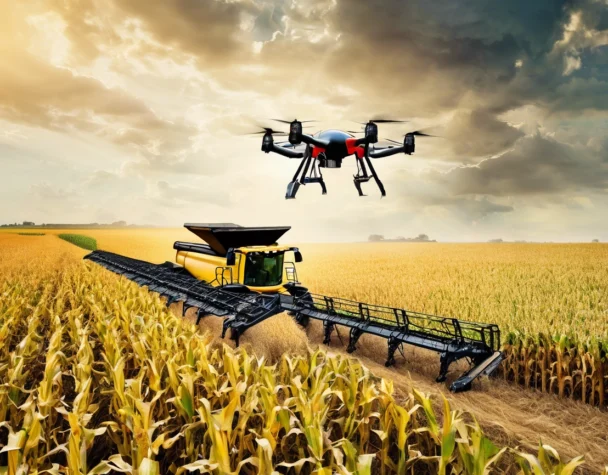
Forecasting 2025: Trends in the Corn Commodity Market
Fri, March 07, 2025As we move into 2025, the agricultural sector is on the brink of transformative shifts, with the corn market at the forefront of these changes. Corn, a staple grain that serves as a key ingredient in food products, animal feed, and biofuel, is influenced by a myriad of factors ranging from economic policies to climatic conditions. This article delves into the emerging trends within the corn commodity market and examines the economic drivers poised to shape its trajectory in 2025.
2025 Corn Market: Predicting Key Trends
The corn market in 2025 is expected to be significantly influenced by technological advancements in agriculture. Precision farming, utilizing AI and big data, is set to enhance yield forecasts and optimize supply chain efficiencies, potentially stabilizing prices in the face of fluctuating demand. Furthermore, the growing adoption of biotech crops could bolster resistance against pests and diseases, enhancing crop reliability and volume. Additionally, global dietary shifts towards plant-based diets are anticipated to increase the demand for corn as a key source of plant protein, further impacting market dynamics.
On the sustainability front, the push towards greener alternatives is likely to escalate the use of corn-derived biofuels. Enhanced environmental regulations in major economies such as the European Union and the United States could incentivize the production of bioethanol, influencing corn markets profoundly. However, the expansion in biofuel production must contend with the competing need for corn in food production and animal feed, potentially leading to tighter supplies and elevated prices.
Market trends are also expected to be shaped by geopolitical tensions and trade agreements. Ongoing disputes, such as those seen in previous years, could disrupt trade flows, notably in key corn-producing regions such as North America and Brazil. Conversely, new trade agreements or resolutions to current disputes could open up markets, improve export volumes, and exert downward pressure on prices, introducing new dynamics to the global corn market.
Economic Drivers Shaping Corn Prices
Economic growth patterns, particularly in emerging markets, are primary drivers of corn demand. As economies such as China and India continue to expand, their increasing middle-class populations demand more meat, which in turn boosts corn feed consumption. This demographic and economic transition is a substantial factor in projecting corn market trends, potentially leading to sustained demand pressures on global supplies.
Monetary policies, including interest rates and inflation, also play crucial roles in determining corn prices. High inflation rates can lead to increased costs of farming inputs such as seeds, fertilizers, and machinery, thereby pushing up the cost of production and eventually the market price of corn. On the other hand, low-interest rates can encourage investment in agriculture, possibly leading to increased corn production and a subsequent stabilization of prices.
Lastly, climate change remains a pivotal economic driver. Extreme weather conditions, such as droughts and floods, can severely impact corn production, particularly in vulnerable regions. The increasing unpredictability of weather patterns necessitates greater resilience and adaptability in agricultural practices, influencing both the supply side economics and pricing structures within the corn market.
As 2025 rolls forward, the corn commodity market is set to navigate through a complex landscape shaped by technological evolution, regulatory changes, and economic shifts. Stakeholders in the agricultural sector—from farmers to investors—must stay vigilant and adaptable to capitalize on emerging opportunities and mitigate potential risks. Understanding these trends and drivers will be crucial in forecasting and strategically planning for the future of the corn market, ensuring sustainability and profitability in an ever-evolving global economic environment.

